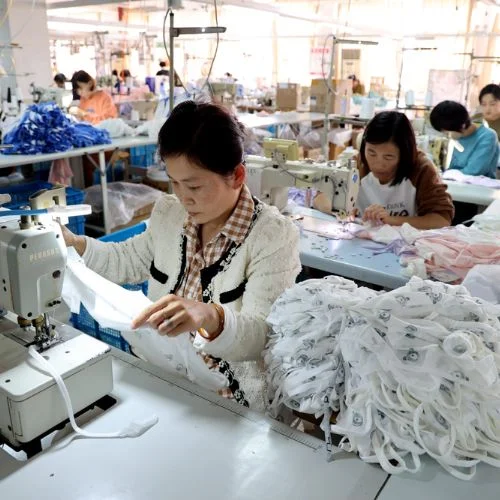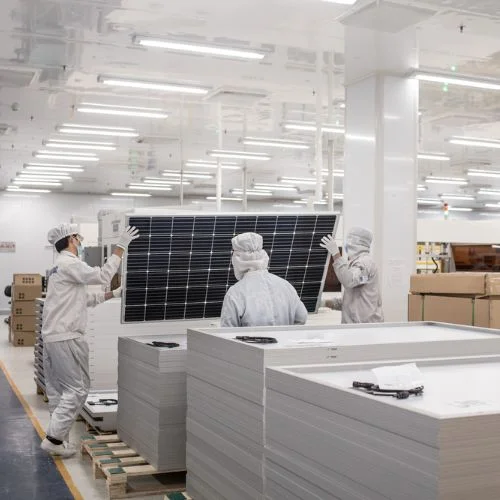Sector experts have argued that India would need to create a thriving low-carbon manufacturing economy given the nation’s lofty net-zero and energy transformation ambitions.
The comment has relevance in light of the fact that a number of businesses exporting goods to Europe are getting ready to abide by the European Union’s Carbon Border Adjustment Mechanism (CBAM), which will go into effect in October.
In an interaction Vibha Dhawan, director, TERI said: “When we are talking of energy transition, it’s directly related to the sustainable development goals, and what we are basically looking at is that we have to develop a vibrant low carbon manufacturing industry.”
India has already begun to take action to reduce the mechanism’s negative effects, and the country is also developing an electrification plan for the sector to help it operate carbon-free.
The necessity for a carbon market was emphasized by Nitin Prasad, Chairman of the Shell Group of Companies in India. India’s needs in the coming decade to assist it achieve its net-zero emissions objective while simultaneously achieving energy security and fairness are outlined in a paper just released by Shell and the Energy and Resources Institute (TERI) titled “India Transforming to Net Zero Emissions Energy System.”
As a crucial step in the energy transformation process, the study recommended the implementation of carbon pricing policies to encourage low-carbon enterprises and consumer choices. “The report recognizes the importance of putting in place a carbon market going forward,” Prasad said.
Regarding worries about obstacles like CBAM, the Shell executive stated that there would be a market for low-carbon technology and manufacturing in the future, and India has the chance to become a leader in these fields.
The joint research has identified a number of additional crucial areas for policy and investment action in order to realize India’s ambitious climate objective, in addition to carbon markets, pricing of carbon, and creating a thriving low-carbon manufacturing sector.
It has recommended expanding electricity transmission and distribution networks, stepping up investments in energy storage, and integrating renewable energy sources, among other things, in order to take advantage of the co-benefits of the energy transition and advance larger sustainable development goals.
Additionally, it has advised encouraging investments in carbon removal and developing a comprehensive plan for carbon capture and storage (CCS).
India has an “energy trilemma,” it was highlighted, which necessitates balancing energy security, energy justice, and environmental sustainability while pursuing decarbonization. This is in addition to the country’s demand for energy.
In order to fulfill growing power demand from non-fossil sources and electrify hard-to-electrify segments, the research also emphasizes the need for increased electrification in the energy end-use sectors. Low-carbon alternatives like hydrogen and biofuels are being developed for these segments.














